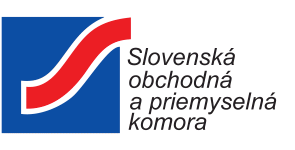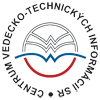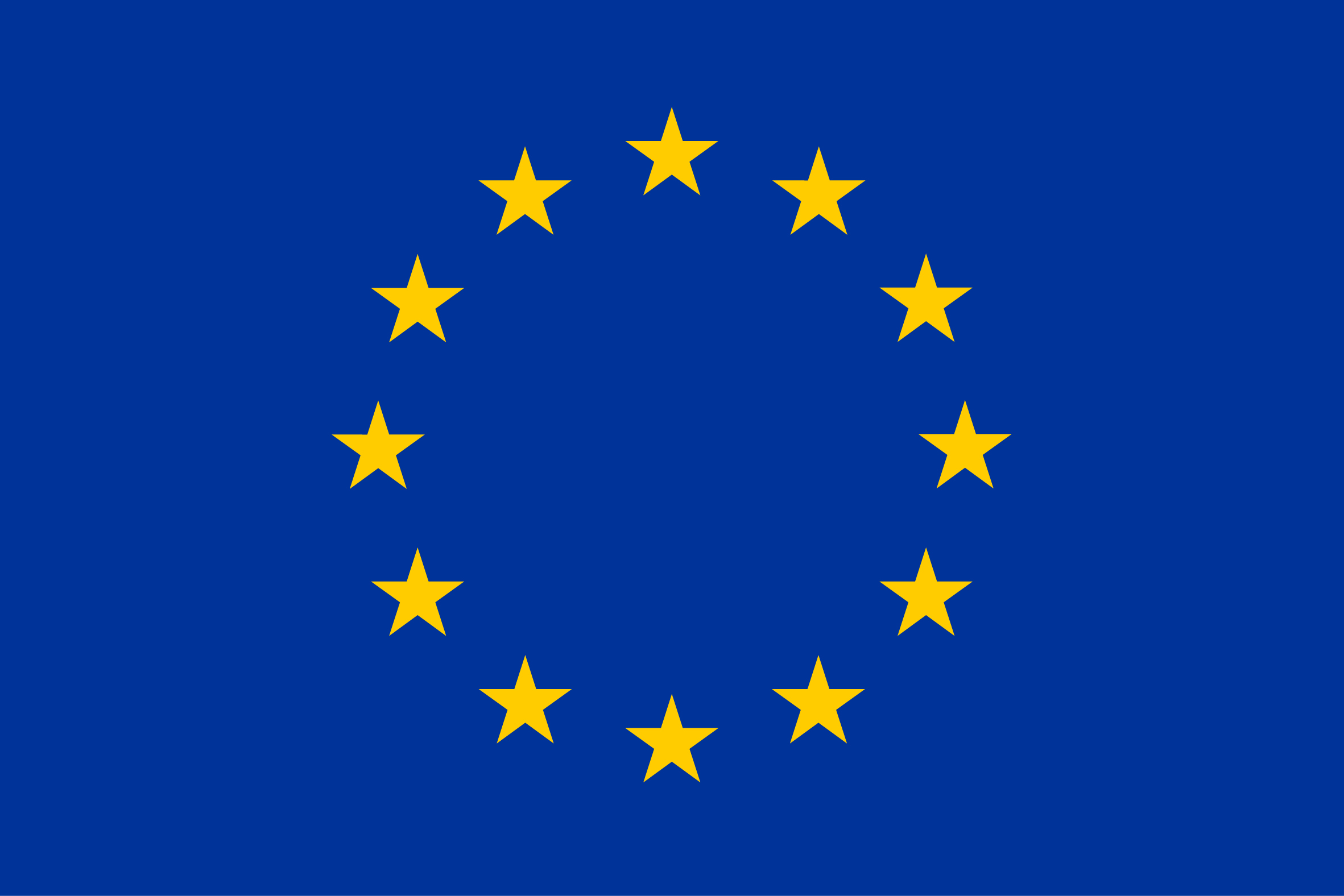Summary:
A Swedish SME is offering a unique construct/medical device preventing artificial hip joint dislocation, which is possible to use both when doing a new hip during index surgery or inserted as a secondary procedure due to multiple dislocations depending on old, not well functioning implants. This solution will solve the problems from a clinical and a health economic view. The solution and applied patents are for sale by Commercial agreement with technical assistance.
Description:
A Swedish SME – including an associated team member within Orthopaedics, a former professor of Orthopaedics at Karolinska Institute, Stockholm, and as well licensed physician/doctor - is offering a unique construct /medical device preventing artificial hip joint dislocation.
During many years of work in orthopaedic operative units, the head of the SME has identified the problem in dislocating total hip prostheses (THP). He has gained insights into the causes of this issue and has developed a well-functioning invention to solve the problems for dislocating of THP.
The problem of dislocating hip prostheses is well known in orthopaedics, primarily in patients after hip fracture but also, to a relatively lesser extend in patient operated for osteoarthritis (OA).
In Sweden, about 18 000 hip fractures occur every year, of these about 50% hit the femoral neck proper and of these about 25% are treated with a THP. Due to age and poor muscular control these artificial hip joints are prone to dislocations. About the same number of THPs, 18 000, are performed due to OA. These also are at risk to dislocate but to a lesser extent. Due to the much larger total number of THPs for OA, these patients are perhaps more common at the emergency wards.
The treatment is usually in-patient total anaesthesia and reposition of the hip. Less often a re-operation proper is necessary where one or both prosthetic components are replaced. Such reoperations are performed in 250-300 cases/years (Swedish Hip registry). The number of closed reposition under anaesthesia is ≈ 5-10 times larger.
An advantage of the Innovation is that it can be inserted as a secondary procedure in cases with multiple dislocations. This constitutes an open, invasive procedure but is much smaller than revision of the entire prosthetic construct. In total, in Sweden, the number of THP for hip fractures + multiple dislocations (fracture and OA) can be coarsely assessed to be 2500-3500. The volume of possible preventive use of this invention in THP for OA is in this stage of development harder to estimate.
To give a rough calculation of the total international market it´s worth having in mind that Sweden's population is 10 million people. Like many other countries, Sweden's population is getting older. By the year 2070, the proportion of older people is expected to have increased sharply, while the proportion of people of working age will decrease. I.e., the numbers above should at least be multiplied with the numbers in relation to the existing population in Sweden, on the most valuable markets. That is to say - the market opportunity is growing for this medical device.
The innovation allows some motion between the acetabular cup and the femoral head. The dislocating forces can be enormous and risk breaking any constraint. Therefore, the motions allowed be a safe-guard and precautionary measure.
From a manufacturing perspective, the device is rather simple and production costs should be low.
The Swedish company is now offering the invention on the market, with the intention to find a purchaser of the applied patents. The intended buying partner should preferably have a history of working within the field of orthopaedic implants with development from prototype to final market including among others final engineering design, adaption to production, production, regulatory, clinical studies, market activities and selling via B2B on the worldwide market.
Type (e.g. company, R&D institution…), field of industry and Role of Partner Sought:
Type of partner:
The Swedish SME offers a suitable party to buy the invention/the medical device, including IPR.
The intended partner should preferably have a history of working within the field of orthopaedics implants with development from prototype to final market including among others final engineering design, adaption to production, production, regulatory, clinical studies, market activities and selling via B2B on the worldwide market.
Role of partner:
The partner should be capable of finalizing development and commercialize the product.
The Swedish SME will be available as a consultant but seek no further engagement.
Stage of Development:
Prototype available for demonstration
Comments Regarding Stage of Development:
The device is available for laboratory demonstration and to be shown on video.
The medical device has been developed in stages with valuable insights to define the optimal clinical solution. In this embodiment, the device is a rather simple device that can be added to the existing artificial joint either at the primary procedure or as an additive also many years after the primary operation.
IPR Status:
Secret Know-how,Patent(s) applied for but not yet granted,Exclusive Rights,Copyright
Comments Regarding IPR Status:
Patent application in Sweden and an international PCT-application.
External code:
TOSE20210128001








